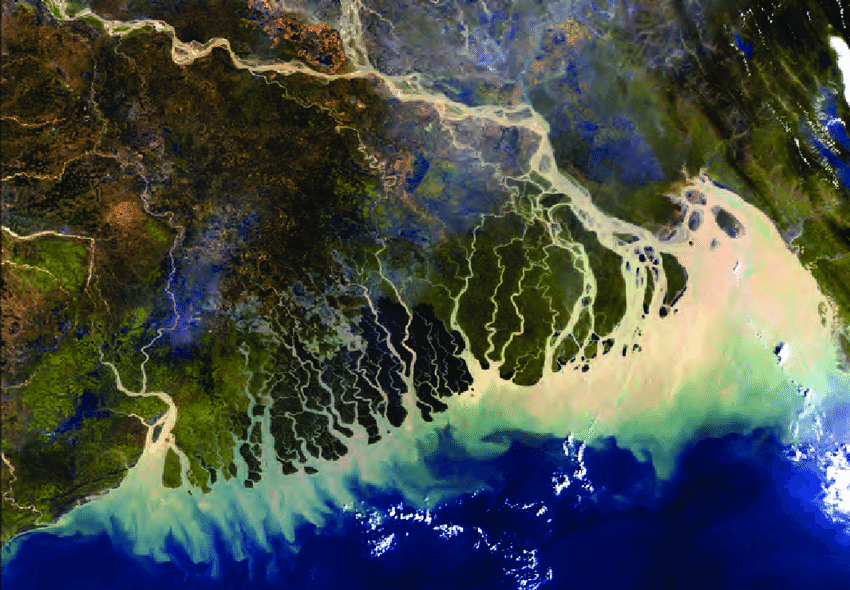News

Coastal Ecosystem of Bangladesh Mapped – Salinity and Nutrients Major Drivers of Phytoplankton
Sub-tropical coastal ecosystems are seen as a central place for species diversity. However, little is known about these regions and the lack of data is hindering informed species conservation strategies. For this reason, a study was conducted to understand and estimate the nature of spatial variability of the aquatic ecology of the coastal regions of Bangladesh. The research was made by scientists at Shahjalal University of Science and Technology and University of Dhaka, both Bangladesh, and University of Oxford, UK. The causal relationship between environmental variables and phytoplankton species abundance was also examined.
More than seven variables sampled
During the north-east monsoon season between 2020 and 2022, environmental variables including temperature, salinity, dissolved oxygen, turbidity, chlorophyll-a, and macronutrients were gathered. The entire coastal belt of Bangladesh is 710 km long and samplings were performed from the entire coastal ecosystem during high tide using artisanal fishing boats.
Temperature and salinity measured with CTD
Star-Oddi’s DST CTD logger was attached under the boat for continuous measurement of surface water temperature and salinity. Measurements were taken at a 1-minute interval and in total 2500 measurements were taken. Vertical profile data of temperature, salinity, DO and chlorophyll-a was taken on 210 samplings sites by probe from another manufacturer. Water samples, plankton net, and other equipment were also used in the study.
Salinity variation main factor
The result showed that spatial variability in environmental conditions were strong and mainly related to salinity variation due to freshwater from the many rivers. The central coast was characterized by low salinity and high turbidity and silicate concentration, while the south-east coast was characterized by high salinity and low nutrient concentrations. On the contrary, the south-west coast was recognized by high nitrate and phosphate concentration, and moderate levels of turbidity and salinity. In addition, the study identified 121 phytoplankton species. Salinity and macronutrients were identified as the major drivers of phytoplankton variability.
Further results can be found in the article that was published in regional Studies in Marine Science and can be accessed here